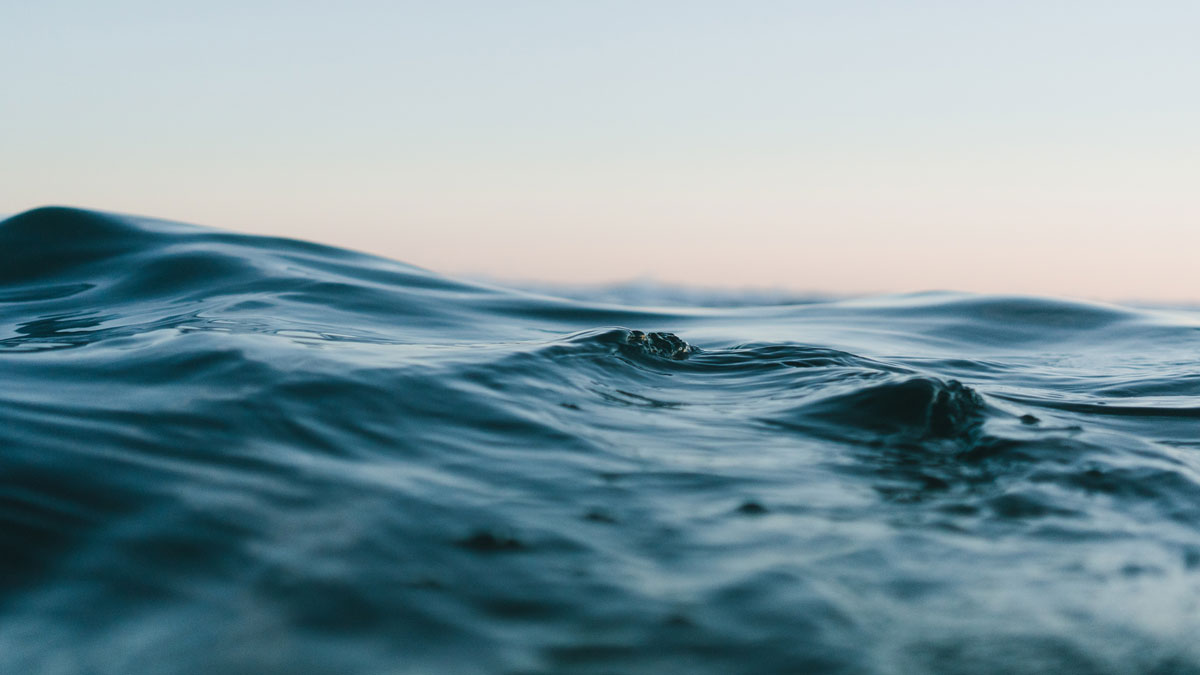As the race to reduce greenhouse gases in the atmosphere intensifies, a group of researchers at the University of Calgary is using electricity to enhance seawater’s ability to store carbon.
The group is developing an instrument, dubbed PEACH (Practical Electrochemical Air Capture and Hydrogen), that uses an electrochemical cell, analogous to a lithium-ion battery, to capture alkaline sodium ions from salt water.
Although a prototype is still being designed, University of Calgary electrochemist Arthi Gopalakrishnan said the PEACH module will be a book-sized device made of nickel-plated steel that could be bolted onto others in an array.
These arrays could be lowered more than 500 meters into the ocean to gather ions, then raised to release them as sodium hydroxide at shallower depths, creating an “alkalinity pump” from deep water to the surface.

Alkaline surface waters draw carbon dioxide (CO2) from the atmosphere, eventually converting it to bicarbonate, which can securely store carbon in the ocean for more than 10,000 years. A by-product of the ion exchange is hydrogen, which could be stored as a fuel. The group will present their research at AGU’s Annual Meeting 2023 in San Francisco.
Building Blocks
“We don’t have other technologies that could scale up at this level.”
Although PEACH technology has yet to advance beyond a laboratory setting, geochemist Steve Larter, who first developed the concept, said the scalability of the technology is part of what makes it so exciting.
“Think of it as a LEGO brick,” Larter said. “One LEGO brick will do so much. You can stack hundreds together, and you’d have a bigger system.” This modularity is what attracted Gopalakrishnan to work on the project. “Our system is very flexible,” she said. “We don’t have other technologies that could scale up at this level.”
PEACH technology, Larter said, could be deployed extensively in the ocean, perhaps on floating platforms. “You might imagine something that has wind turbines or solar panels on it to generate power; electrochemical cells, and then pumps and pipes to move the water around.”
However, PEACH could also be used at a smaller scale on land, for example, in the reservoirs of brine produced by oil and gas drilling. PEACH cells, Larter said, could add carbon dioxide to the brine before it is reinjected underground.
Effects on Marine Ecosystems
“It’s mimicking the natural process of [carbon] capture from the atmosphere.”
The PEACH project is one of several ocean alkalinity enhancement (OAE) technologies being developed globally. Many of them involve seeding the ocean with mined minerals or industrial by-products. The PEACH process, Gopalakrishnan said, “just utilizes the ocean water. It’s mimicking the natural process of [carbon] capture from the atmosphere.”
However, Mike Kelland, the CEO of Canadian carbon sequestration company Planetary Technologies, which uses magnesium hydroxide to lower ocean acidity, cautions that electrochemical OAE approaches such as PEACH are not entirely benign. “It’s true that they haven’t added anything to seawater,” he said, “but the actual effect is a complete change of the ocean’s chemistry, in exactly the same way as if you’ve added something.”
Larter and Gopalakrishnan acknowledged that care would be needed in deploying the process at scale.
“You’re adding slightly more basic water to the near-surface seawater; you don’t want to add it in a very concentrated form so that you kill everything there,” Larter said.
“We need to spread it across time,” Gopalakrishnan said. “These are parameters that might be challenging when we deploy at scale.”
Chemistry Is Key
Pumping sodium ions from depth should be relatively safe at modest scales, said Lennart Bach, a marine biogeochemist with the University of Tasmania who studies the ecological effects of OAE. However, “if you extract alkalinity from depth, what happens if that alkalinity-depleted [more acidic] deep water gets upwelled to the surface?” Bach is not involved in the PEACH project.
The Calgary team noted that judicious choice of deployment location would be important when rolling out these technologies.
“Geoengineering is not, in principle, a dangerous thing, but it is something we might have to do.”
Deep bottom water, Bach said, should eventually return to a more alkaline state through natural processes.
Other so-called blue carbon ocean sequestration techniques—such as farming kelp or using iron fertilization to stimulate phytoplankton blooms—rely on manipulating plant growth to drive carbon capture. Bach said he favors techniques such as PEACH, which avoid biological drivers. “Don’t rely on biology to do the job,” he said, “because biology is another level of complexity, and using it for CO2 removal appears to be much harder.”
PEACH technology might one day be part of a suite of techniques used as part of a “colossal industry” to remove carbon from the atmosphere, Larter said. And though the public is rightly concerned about technology that manipulates natural processes, “we’re already geoengineering,” he said. “Most of the CO2 we emit goes into the ocean anyway, acidifying it.”
“Geoengineering is not, in principle, a dangerous thing, but it is something we might have to do, and we need to do it safely,” Larter said. “So we need to research it.”
—Bill Morris, Science Writer

